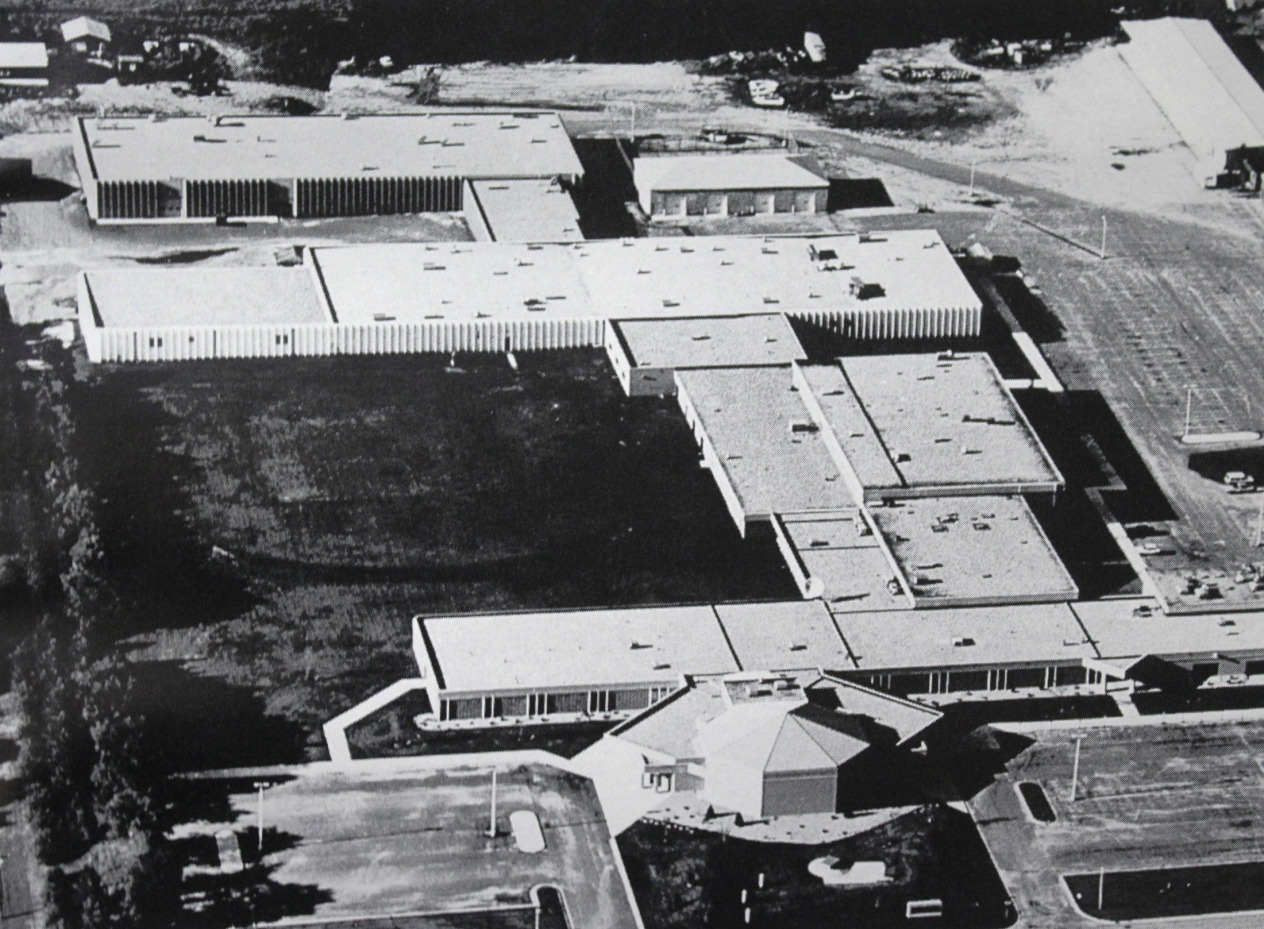Title
RADT2120 - Radiographic Clinical V
API ID
Credits
5 (0/0/5)
Description
This clinical course provides the student with the opportunity to function more independently in all areas of basic radiography and to develop clinical skills in regular radiographic areas and procedures, with continuing experience in trauma and surgical procedures. The student will be exposed to special procedures and will begin rotations through the specialized areas of nuclear medicine, radiation therapy, computerized tomography, ultrasound and magnetic resonance imaging.
Competencies
- Demonstrate competency in imaging procedures by meeting American Registry of Radiologic Technologists (ARRT) requirements.
- Use professional communication with instructors, peers and members of the health care team.
- Exercise the priorities required in daily clinical practice.
- Execute medical imaging procedures under the appropriate level of supervision.
- Adhere to team practice concepts that focus on organizational theories, roles of team members and conflict resolution.
- Adapt to changes and varying clinical situations.
- Provide patient-centered clinically effective care for all patients regardless of age, gender, disability, special needs, ethnicity or culture.
- Integrate the use of appropriate and effective written, oral and nonverbal communication with patients, the public and members of the health care team in clinical settings.
- Recognize the influence of professional values on patient care.
- Use patient and family education strategies appropriate to the comprehension level of the patient and family.
- Demonstrate competent assessment skills through effective management of the patient's physical and mental status.
- Respond appropriately to medical emergencies.
- Adapt procedures to meet age-specific, disease-specific and cultural needs of patients.
- Assess the patient and record clinical history.
- Apply standard and transmission-based precautions.
- Apply appropriate medical asepsis and sterile techniques.
- Demonstrate competency in the principles of radiation protection standards.
- Apply the principles of total quality management.
- Examine procedure orders for accuracy and make corrective actions when applicable.
- Demonstrate safe, ethical and legal practices.
- Integrate the radiographer's practice standards into the clinical practice setting.
- Maintain patient confidentiality standards and meet Health Insurance Portability and Accountability Act (HIPAA) requirements.
- Demonstrate the principles of transferring, positioning and immobilizing patients.
- Adhere to national, institutional and departmental standards, policies and procedures regarding care of patients, providing radiologic procedures and reducing medical errors.
- Select technical factors to produce quality diagnostic images with the lowest possible radiation exposure.
- Critique images for appropriate anatomy, image quality and patient identification.
- Determine corrective measures to improve inadequate images.
Degrees that use this course
Degrees that use this course
Degree:
Associate of Applied Science (AAS)
Location:
Detroit Lakes Campus
Credits:
79
